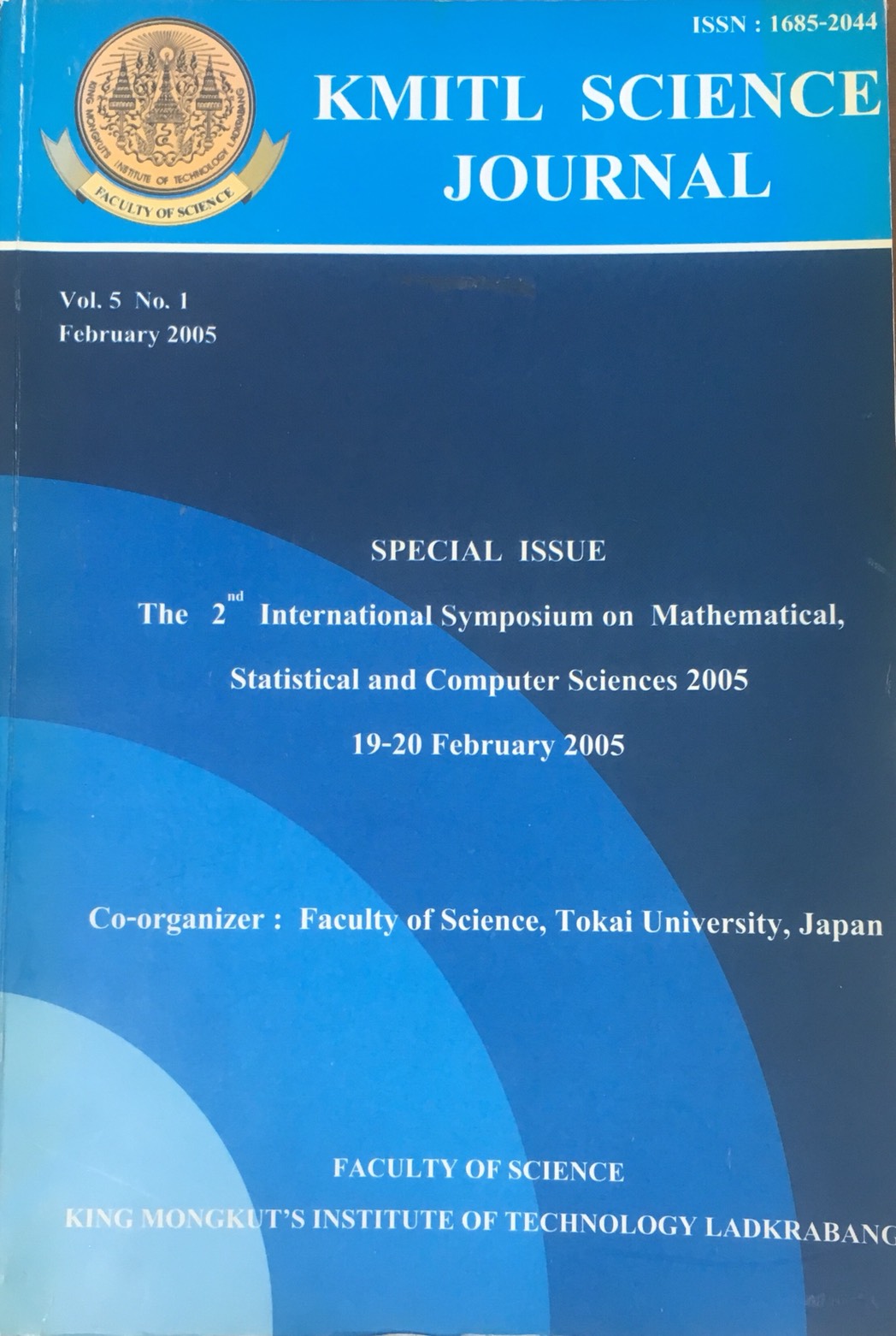Using the Technology Acceptance Model to Analyze the Likely Impact of Microsoft’s Reporting Services Product
Main Article Content
Abstract
The introduction, by Microsoft, of their Reporting Service product is likely to have a major impact on the Business Intelligence industry. By bundling the two technologies with it’s SQL Server product, Microsoft will leverage the large user base of this database management tool to grow market share for its Business Intelligence products. In this study, a modification of the Technology Acceptance Model is used to better understand existing and potential users’ decision on whether or not to adopt Reporting Services product. The idea of ‘critical mass’ is tested and found to be not particularly important to individual adoption choices.
Keywords: Technology Acceptance Model, Microsoft Reporting Services, Business Intelligence, Critical Mass, Social Influence, Technology Adoption
Corresponding author: E-mail: Peter.odonnell@infotech.monash.edu
Article Details
Copyright Transfer Statement
The copyright of this article is transferred to Current Applied Science and Technology journal with effect if and when the article is accepted for publication. The copyright transfer covers the exclusive right to reproduce and distribute the article, including reprints, translations, photographic reproductions, electronic form (offline, online) or any other reproductions of similar nature.
The author warrants that this contribution is original and that he/she has full power to make this grant. The author signs for and accepts responsibility for releasing this material on behalf of any and all co-authors.
Here is the link for download: Copyright transfer form.pdf
References
[2] Davis, F.D., Bagozzi, R., & Warshaw, P.R. 1989 User acceptance of computer technology: a comparison of two theoretical models, Management Science, 35(8), 982-1003.
[3] Devlin, B.A. & Murphy, P.T. 1988 An architecture for a nosiness and information system IBM Systems Journal 27:1 (January) pp 60-80.
[4] Kimball, R. 1996. The Data Warehouse Toolkit, Wiley.
[5] Zawada, L.H., & O’Kelly, P. 2003 Tracking the Business Intelligence Market. Windows Server System Magazine.
[6] Davis, F.D. 1989 Perceived Usefulness, Perceived Ease of Use, and User Acceptance of information Technology. MIS Quarterly, 13(3), 319-340.
[7] Morris, M.G. 1997 How User Perceptions Influences Software Use, IEEE.
[8] Legris, P., Ingham, J., & Collerette, P. 2003 Why do people use information technology? A critical review of the technology acceptance model. Information & Management, 40, 191-204.
[9] Fishbein, M., & Ajzen, I. 1975 Belief, Attitude, Intention and Behaviour: An Introduction to Theory and Research. NY: Addison-Wesley.
[10] Taylor, S., & Todd, P.A. 2001 Understanding information technology usage: A test of competing models, Information System Research, 6(2), 114-176.
[11] Hsu, C.L., & Lu, H.P. 2004 Why do people play on-line games? An extended TAM with social influence and flow experience. Information & Management, 41, 853-868.
[12] Chau, P. 1996 A modified technology acceptance model. Journal of Management Information System, 13(2), 185-204.


